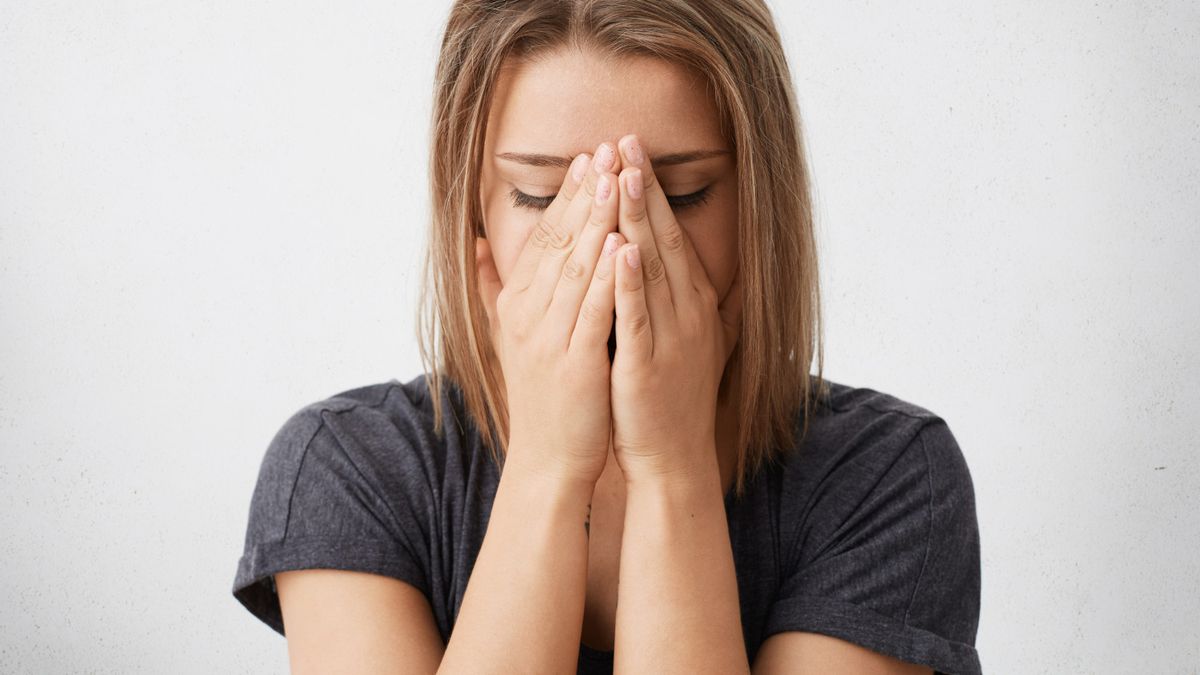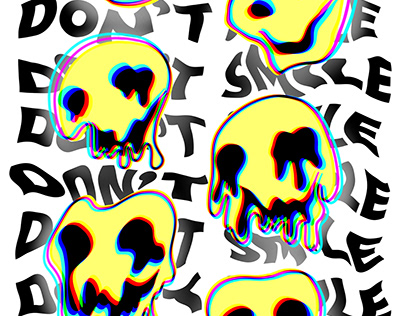What Is The Meaning Of Cherophobia ?

Understanding Cherophobia

Cherophobia is the fear of happiness and engaging in activities that might lead to happiness. The term originates from the Greek word ‘chairo,’ which means ‘to rejoice,’ thus translating to a fear of happiness. Although it is not listed in the DSM V, mental health professionals increasingly acknowledge cherophobia as a condition that significantly impacts individuals' lives.
Cultural Factors in Cherophobia
Cultural influences heavily impact cherophobia. Attitudes towards happiness vary across cultures. For instance, Western cultures often see happiness as a key life goal, while some Eastern cultures emphasize duty, sacrifice, and discipline over personal happiness.
Importance of Recognizing Cherophobia

Understanding cherophobia is essential because it affects many individuals who might not be aware of their behavior. Awareness can help those with cherophobia seek appropriate help and support, ultimately improving their quality of life.
Causes of Cherophobia
Cherophobia can arise from various factors, including:
- Cognitive Beliefs: Negative thoughts about happiness, such as the belief that happiness leads to negative outcomes.
- Introversion: Introverts might be more susceptible to cherophobia due to their preference for solitude and aversion to overstimulation.
- Perfectionism: Perfectionists might avoid happiness, viewing it as a distraction from their goals.
- Depression: Depression can lead to cherophobia as individuals may feel that happiness is fleeting or unattainable.
- Memory: Past negative experiences associated with happiness can contribute to a fear of being happy.
Signs of cherophobia include:
- Cognitive Signs: Negative beliefs about happiness, such as thinking it will lead to something bad.
- Behavioral Signs: Avoiding social events or activities that could induce happiness.
- Physiological Symptoms of Anxiety: Symptoms like dizziness, nausea, dry mouth, sweating, trembling, and raised blood pressure.
Cherophobia vs. Similar Conditions
- Philophobia: Fear of falling in love, specifically related to romantic relationships rather than a general fear of happiness.
- Hedonophobia: Fear of experiencing pleasure, which focuses more on avoiding pleasurable activities, whereas cherophobia involves a fear of happiness itself.
Cherophobia Test
- Fear of Happiness Scale (2013): Developed by Joshanloo, this scale includes five questions that assess beliefs about happiness leading to negative consequences.
- Fear of Happiness Scale (2012): Developed by Gilbert, this scale includes nine questions about feelings towards happiness.
Treating Cherophobia

- Cognitive Behavioral Therapy (CBT): Helps identify and reframe negative thought patterns.
- Exposure Therapy: Gradual exposure to happiness-inducing activities to reduce fear.
- Hypnotherapy: Used to uncover and address the root causes of cherophobia.
- Mindfulness: Encourages experiencing happiness in the present moment through small, everyday pleasures.
- Meditation: Focuses on relaxation and reducing stress.
- Journaling: Helps individuals track and understand their thoughts and fears.
- Lifestyle Changes: Introducing balanced routines that include social activities.
- Seeking Support: Support groups and therapy can provide a safe space to share experiences and fears.
- Dialectical Behavior Therapy (DBT): Combines mindfulness and emotional regulation techniques to manage symptoms.
Frequently Asked Questions (FAQs)
-
Is cherophobia recognized as a medical condition? While not listed in the DSM V, cherophobia is increasingly recognized by mental health professionals.
-
Can cherophobia be treated? Yes, through therapies like CBT, exposure therapy, mindfulness, and lifestyle changes.
-
What causes cherophobia? Various factors including cognitive beliefs, past trauma, depression, and cultural influences.
4o



